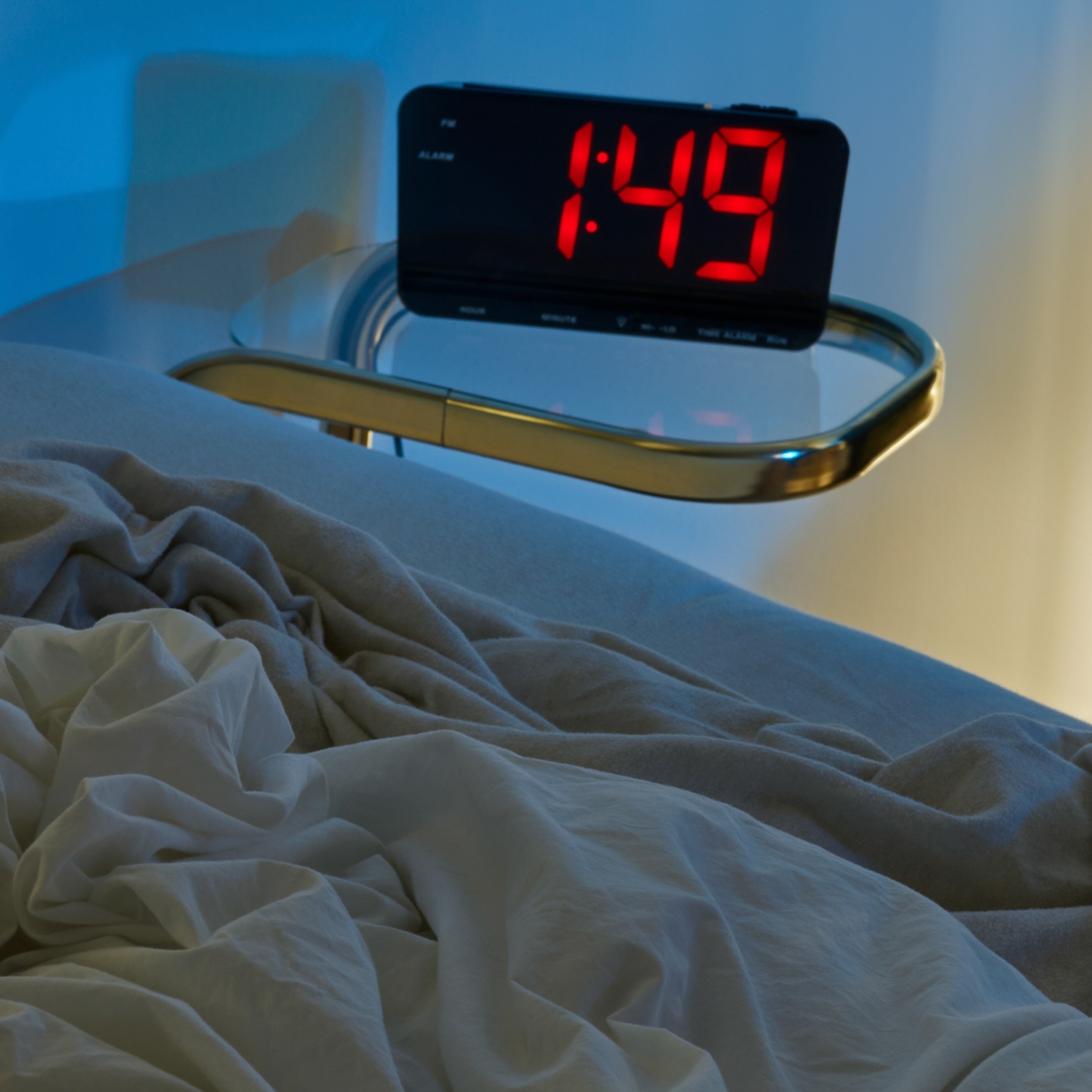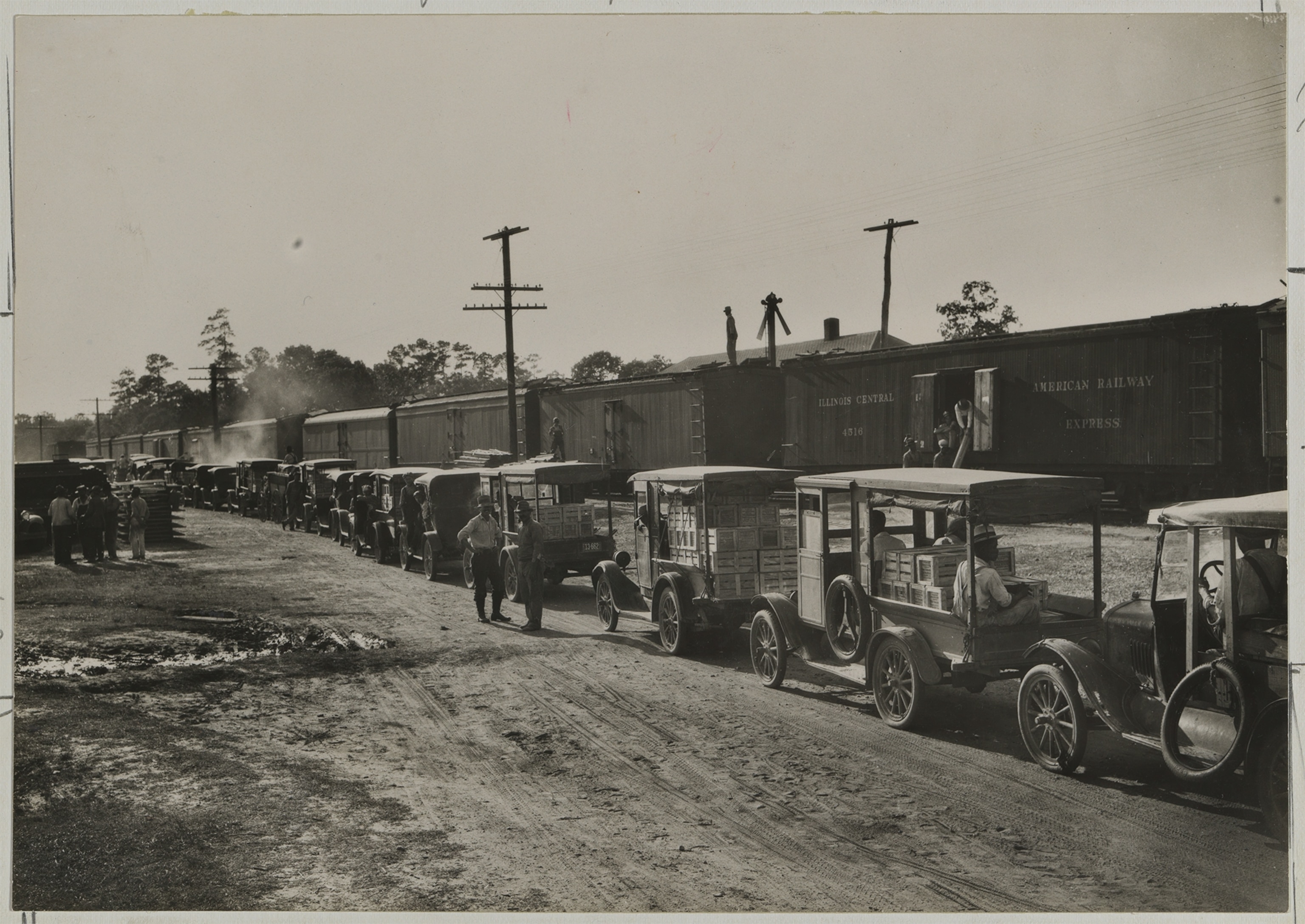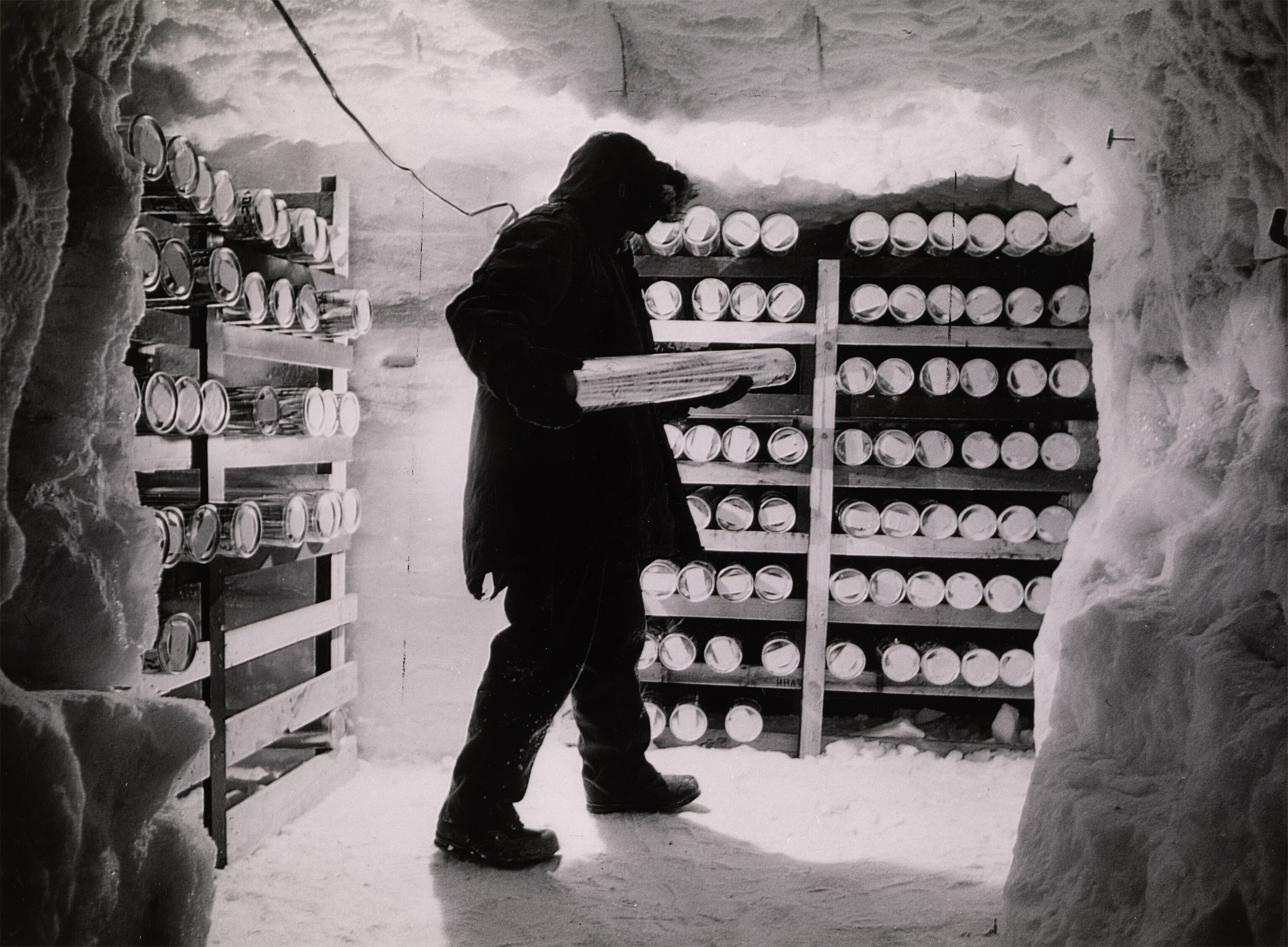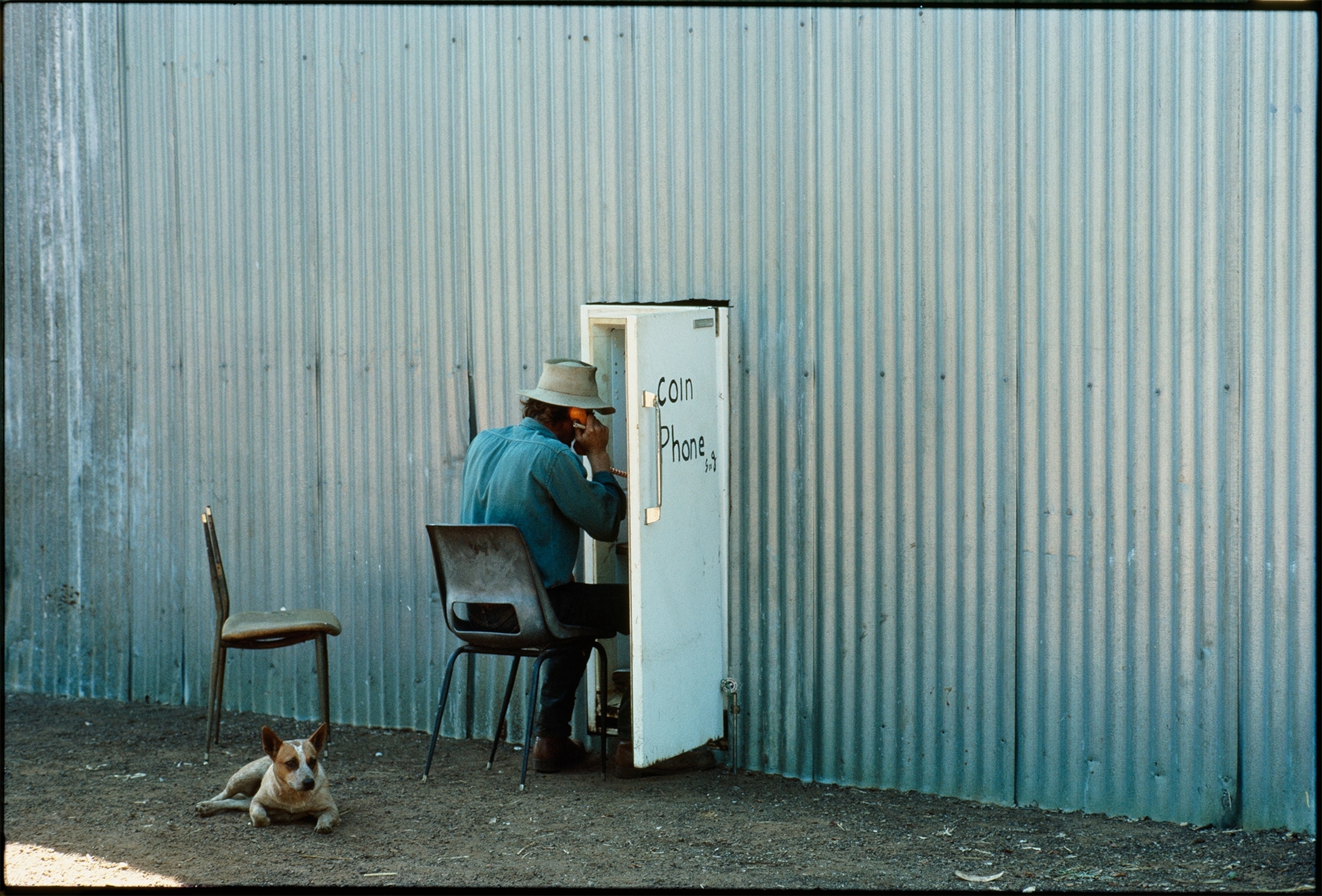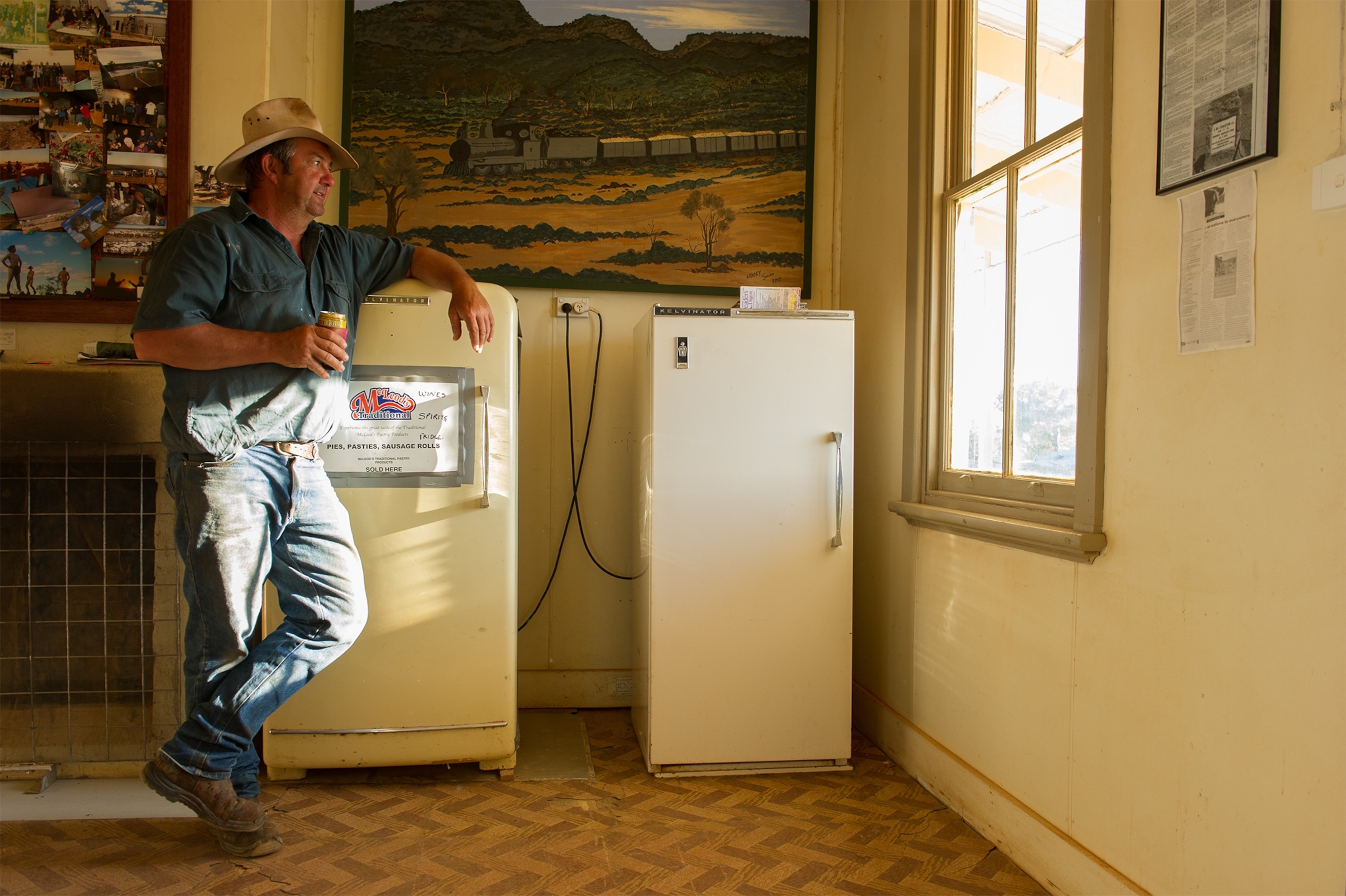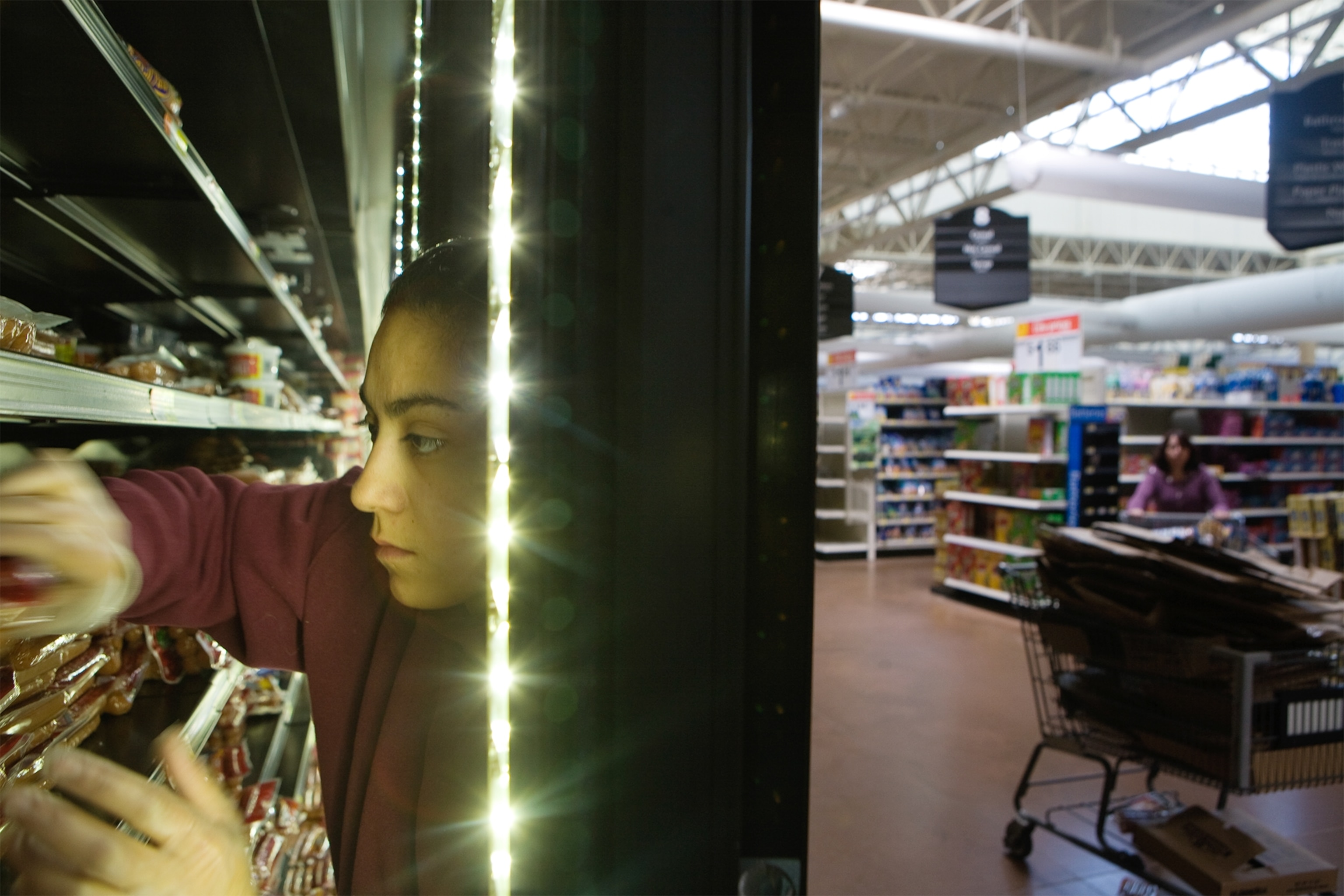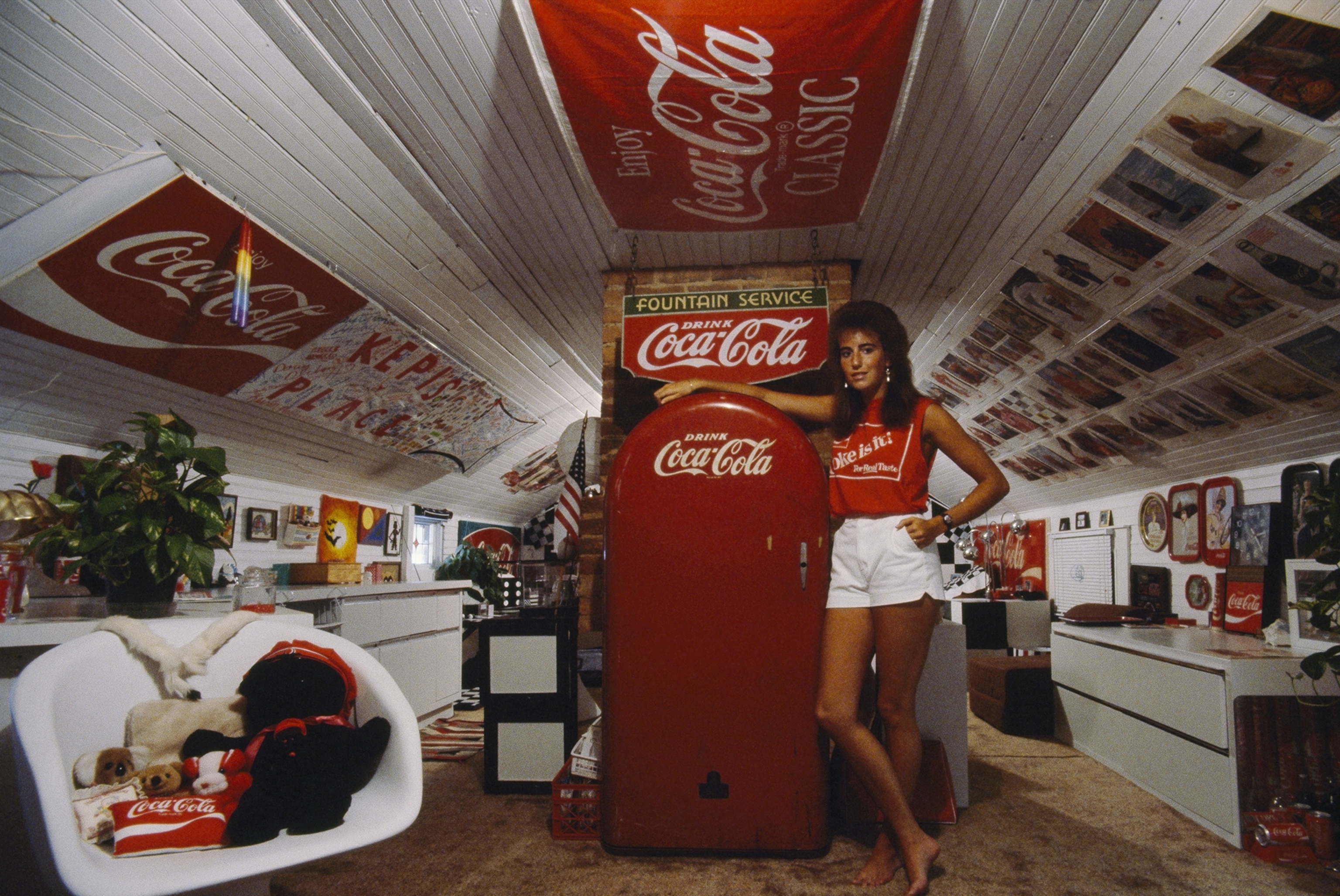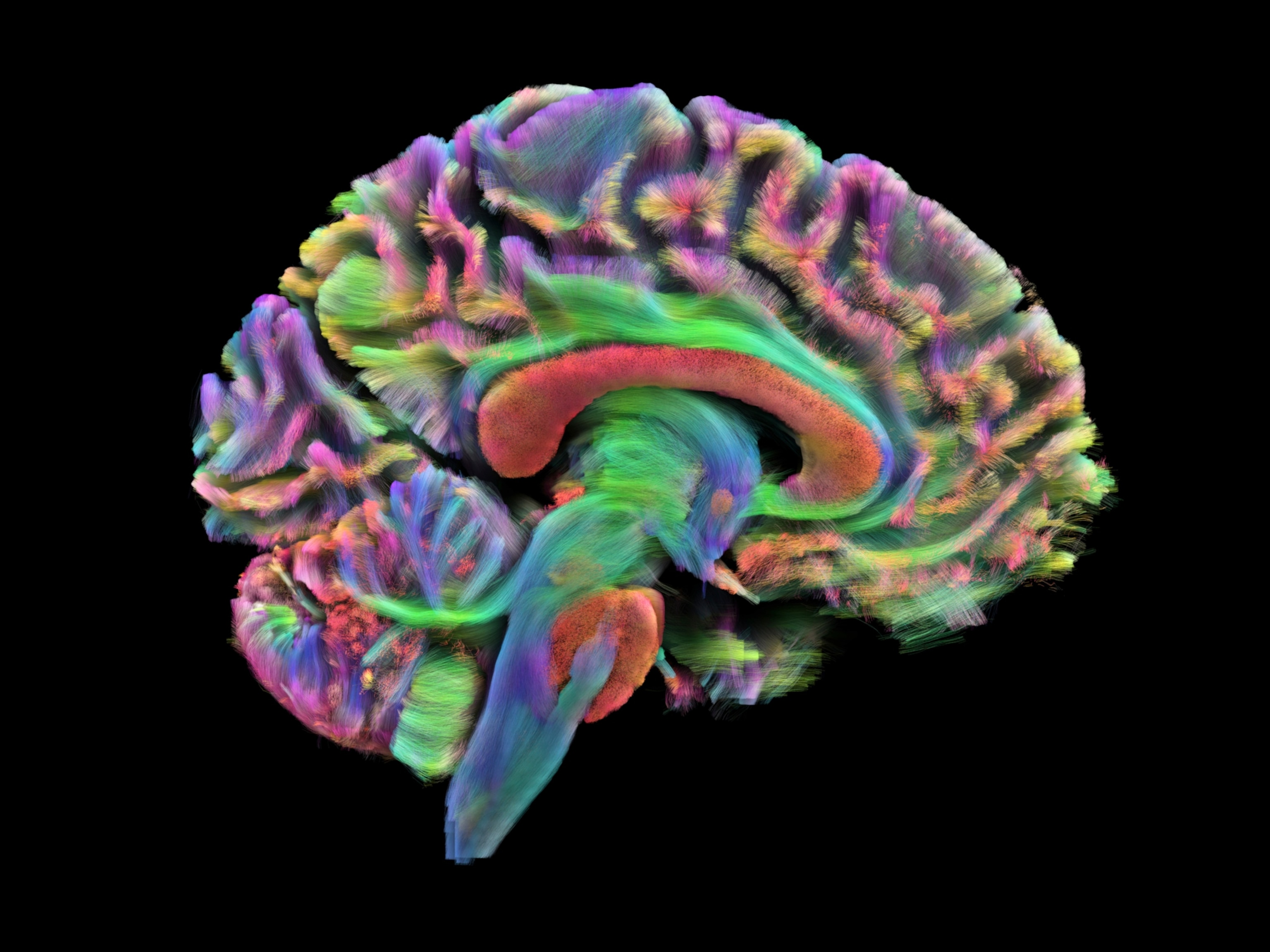
Magnetic Letters Taught Us More Than How to Spell
The toy was popular, but researchers wonder if it affected children's brains.
In the 19th century, they called it “colored hearing”—letters and words, when spoken, took on mental weight and shimmered with color in the mind’s eye. For Miss C., who was interviewed in 1892, “n” was nut-brown, “w” a pinkish heliotrope, and her own initial, “c” a vivid lemon yellow, “the brightest color of all.”
Miss C. had no explanation for her peculiarity. In fact, until she was approached by the students of Wellesley College psychology professor Mary Calkins, she hadn’t even thought of it as a peculiarity. She just assumed everybody saw letters in color. There was a theory at the time that colored hearing might be the result of associations learned in childhood. Maybe Miss C. had once played with wooden blocks that had a bright yellow “C” painted on them. But the summary of her case, published in an 1893 paper in The American Journal of Psychology, dismissed this idea; not all the colors Miss C. heard lined up with toy blocks.
Psychologists are still studying “colored hearing.” They call it synesthesia, and it’s expanded to include more than just colors associated with hearing a letter spoken out loud. Associations between letters and colors are the most common form of synesthesia, but you can also get associations between numbers and colors, sounds and smells, even swimming styles and colors.
In 2012, Nathan Witthoft, then a Ph.D. student in psychology at MIT, put group of synesthetes through a series of color-matching tests. During the course of the study, he noticed something odd. “For this one person, every sixth letter was the same color,” he said. “When I asked them why, they said they had learned it from this toy”—specifically, from the plastic letters included in Fisher-Price’s School Days Desk playset.
Today, those plastic letters are at the center of a scientific debate over what synesthesia is and how it begins. For more than a century scientists have been asking how synesthetes’ brains make connections between colors and letters. Now, it turns out that question could have implications for everyone—how we learn and how we remember.
The School Days Desk came out in 1972. It was one of the first projects toy designer Victor Reiling worked on for Fisher-Price. Just a couple years before, Reiling had been the captain of a Navy ship stationed off the coast of Vietnam.

Initially, he’d envisioned a toy version of a highway billboard. But instead of a playtime paean to midcentury consumer culture, Reiling’s idea ended up becoming school-themed. The result was a portable box, like a little suitcase, with a magnetic chalkboard on the outside. It came with 16 rectangular pieces of heavy cardstock, printed with pictures and die-cut to leave holes that spelled out simple words—“SWIM” alongside a picture of a boy in the water, for instance. Kids could pull colorful alphabet magnets out of the School Days Desk and fit them into matching holes.
It became one of Fisher-Price’s most popular toys, and the letters inspired a number of imitators. Even today, while the desk itself sells only as a “retro” throwback toy for nostalgic parents, the magnetic letters are ubiquitous on American refrigerators.
In 2015, Witthoft published the results of a study examining the letter-color pairings of 6,588 American synesthetes. Only small percentages of the synesthetes had associations that matched the School Days magnets. Just 6 percent had at least 10 letter-color pairs that mimicked the toy. But, when Witthoft focused on people born between the years 1970 and 1985—the people most likely to have grown up playing with the toy—that number jumped to 15 percent.
People have been talking about possible links between synesthesia and the toys synesthetes used as children since Miss C’s time, but nobody has ever been able to find proof of it. The generation that grew up with the School Days Desk is different, Witthoft says. Because of mass production, millions of children used the exact same toy, and saw the same color-letter pairs—red “A,” orange “B,” yellow “C,” green “D,” blue “E,” purple “F.”
Equally important, though, is that all those children grew up to live in a world with the Internet, making them easier to find and study. “Ten million people saw the same toy and we can now find the 400 people with synesthesia who definitively have the same colors. That makes you believe it. Our ability to find this is a side effect of mass production and Internet access.”
Based on that, Witthoft says, we have evidence that toys can affect synesthesia, which means, he says, that we also have evidence that synesthesia is heavily influenced by the learning process. As you learn to read, if you have synesthesia, your memory of colors and letters that went together in your first books and toys becomes your reality.
Refrigerators Around the World
But wait. The evidence is not nearly that clean-cut. “If all synesthetes develop their colors on the basis of learning tools, synesthetes from the same generation, using the same school books and toys should have the same or very similar associations,” says Aleksandra Mroczko-Wasowicz, associate professor of philosophy of mind and cognition at the National Yang Ming University in Taiwan. “And it’s not the case.”
She points to a 2005 study of Australian synesthetes that looked for links between their color-letter pairs and books and toys that had been popular in that country while those synesthetes were growing up. No clear dependencies were found. Only one individual had synesthetic colors consistent with those in an alphabet book. This indicates that suggestions from the environment have very little influence on the attribution of synesthetic associations.
Then there’s the fact that some color-letter pairs seem to remain common over long periods of time—too long for the synesthetes to have shared the same kids’ toys. For instance, in Witthoft’s paper, he found that the most common color participants connected to the letter “O” was white. There were no white letters in the Fisher-Price magnets. But, back in 1893, Miss C. and the other subjects interviewed by Wellesley students also had a tendency to connect “O” and the color white.
Everybody agrees that synesthesia is a genetic thing, either you have it or you don’t and you can’t train a non-synesthete to permanently make color-letter associations. But there’s a lot of disagreement about whether synesthetes get their color-letter pairs from the process of learning to read, or from other, more random, associations—like making “Y” yellow because of the sounds they share. The pairings are almost certainly culturally determined in some way, Mroczko-Wasowicz says. After all, letters are cultural objects, in and of themselves. But are synesthetes born primed to make connections based on sounds or shapes, or do they pick up their connections as a byproduct of learning? Does synesthesia even exist before kids know how to read?
As of yet, nobody knows. But the Fisher-Price alphabet magnets are exhibit A for the argument that learning and synesthesia are linked. And that matters. If Witthoft and his colleagues are right, then those magnets could be telling us something about the mnemonic devices and memory tricks all kids—not just synesthetic ones—use as they learn to read. How do we learn to recognize the shape of an “H” or “J,” remember what it stands for, and find it in the midst of other letters? There’s a possibility that all of us, as we learn to read, pay attention to the colors or other attributes that our toys and favorite books arbitrarily assign to the letters. But only synesthetes turn the metaphor into something literal.
Which makes you wonder, is there something special about the colors that Victor Reiling chose for those letter magnets more than 40 years ago? Are they especially educational? Hand-picked by a child psychologist?
Well. No. According to Reiling, the same six colors repeat throughout the magnet alphabet because it made sense, from a manufacturing standpoint, to use a limited palette. He simply went in order through the colors of the rainbow.
Update, September 12, 2016: This story has been updated to include additional information and comments from Aleksandra Mroczko-Wasowicz.

